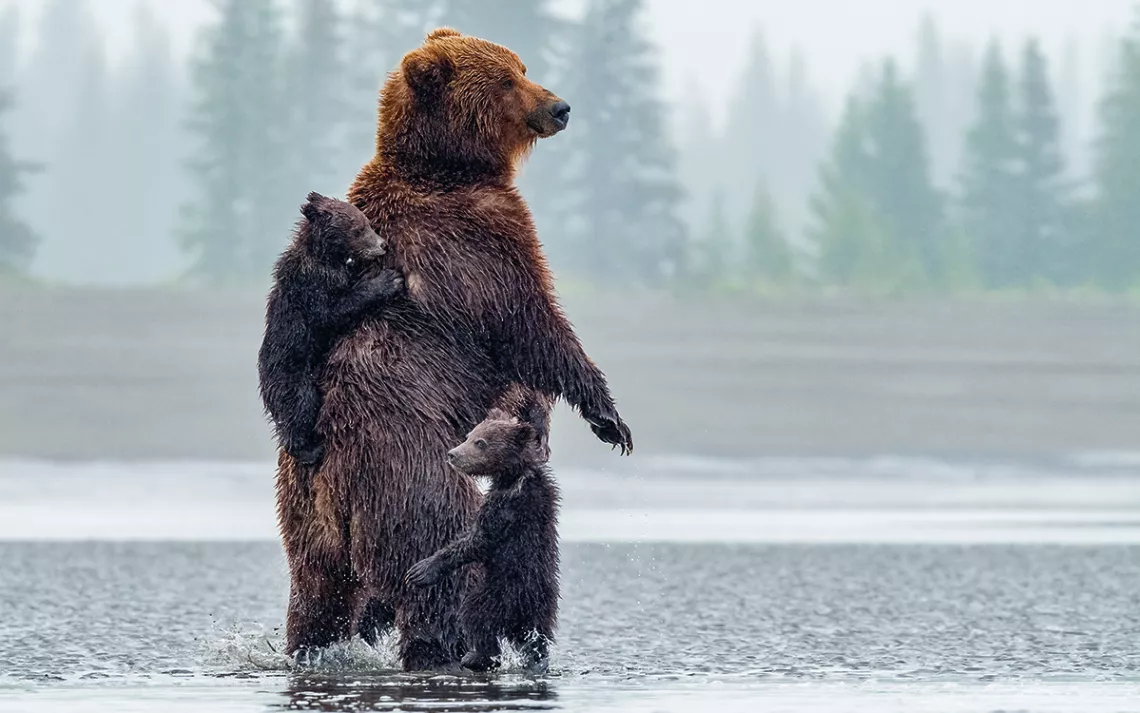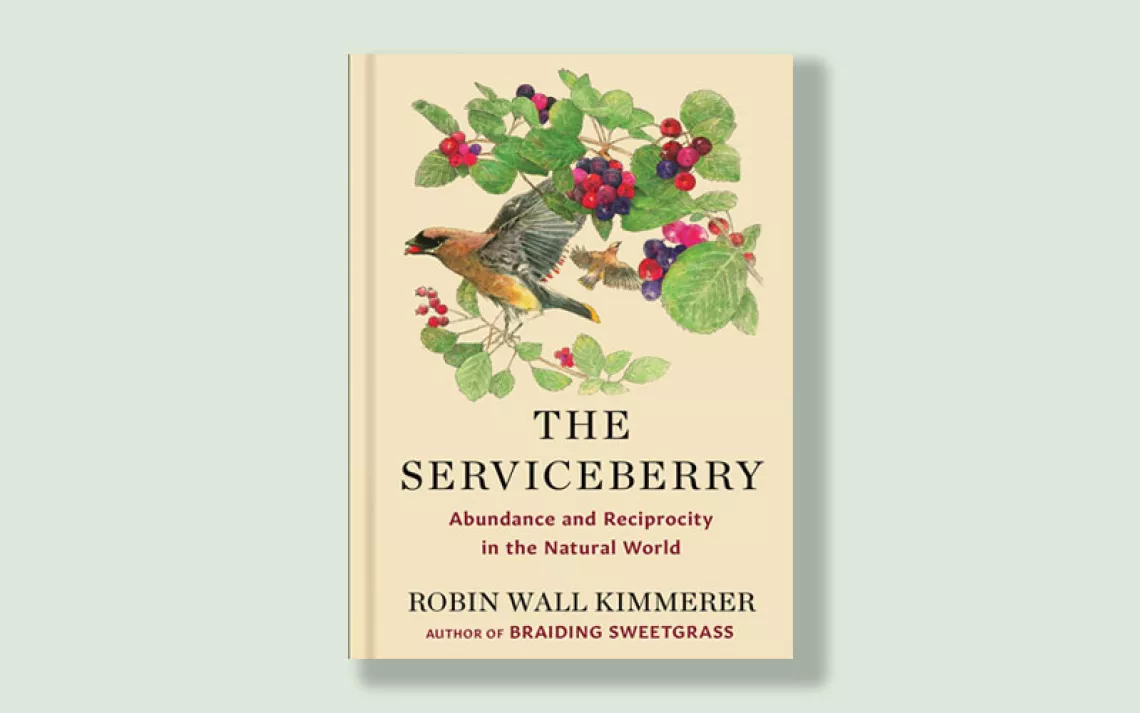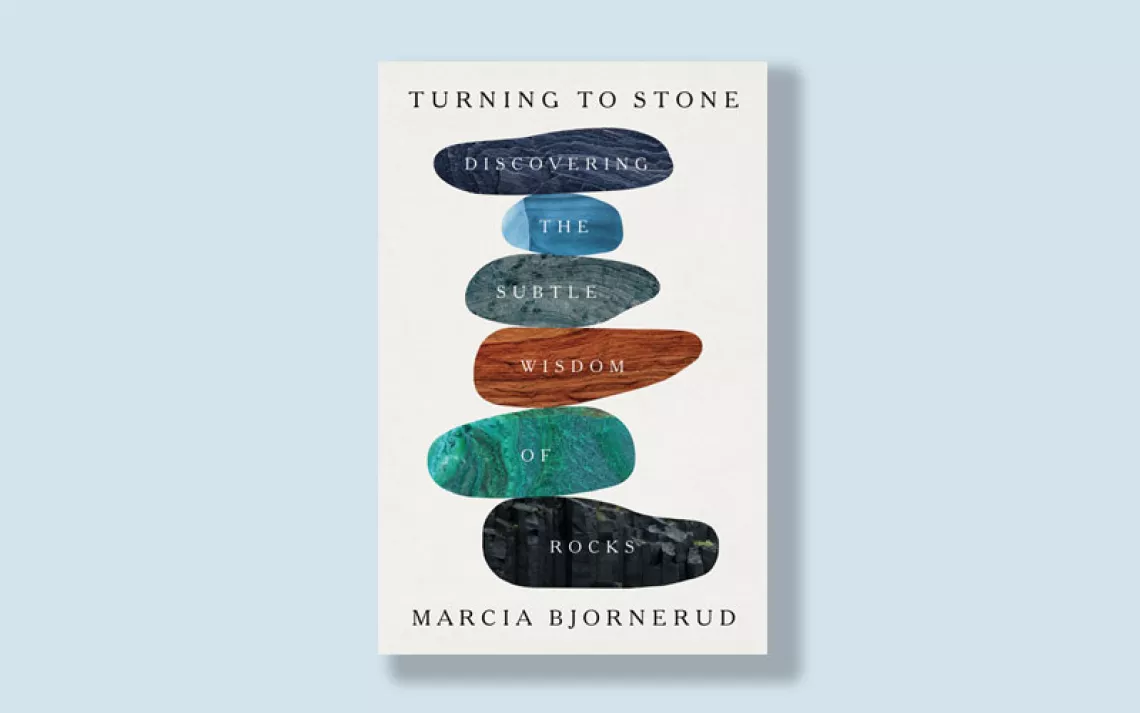Douglas Chadwick Is Four-Fifths Grizzly, and So Are You
A radical treatise on the nature of nature that finally puts humans in their place

We humans share more than genes with this grizzly mother and cubs in Alaska's Lake Clark National Park and Preserve, including omnivorousness, problem solving, curiosity, and occasional playfulness. | Photo by Peter Derrington

Veteran nature writer Douglas Chadwick has spent a long and colorful career writing about large interesting mammals. You might say he puts the charisma in charismatic megafauna: whales, grizzlies, elephants, wolverines, mountain goats, and more (many of them, I’m proud to say, in volumes published by our own late Sierra Club Books). Now, in his ambitious yet accessible Four Fifths a Grizzly (Patagonia, 2021), he builds a compelling case for our kinship with them all. Part of that is due to the genes we share: 84 percent with dogs, 85 percent with cattle, nearly 99 percent with chimpanzees. Unfortunately, the calculations do not seem to have been made for the titular grizzlies, but Chadwick reasons that if we share 90 percent of our genes with Abyssinian cats, “it’s fairly safe to assume that we and grizzly bears have somewhere between 80 and 90 percent of our genes in common. . . . We and this master mammal are much more alike than not.”
Looked at that way, we are all cousins, and not so many times removed. “I am in a sense alive in a mind-boggling number of creatures in a staggering range of environments around the globe through the DNA we share,” Chadwick writes. “I leap, I fly, I slither. I shimmer with iridescent scales in the waters off Zanzibar, and I stretch my petals toward the light in far northern Siberia. . . . This is our deep heritage, an old, enduring kinship as big as the living world.”
Chadwick lays out his compelling vision of a living planet of interdependent life forms in an interdependent series of essays—able to stand alone but clearly linked. A great deal of the book diverges from the photogenic furballs familiar in coffee-table literature to embrace the smallest of creatures—slime molds, microbes, bacteria, viruses. They are the distant relations with whom our commonality is ancient and attenuated—humans have maybe 7 percent of genes in common with bacteria, 18 percent with baker’s yeast.
Yet in some ways, these microbes are closer to us than are even the anthropoid apes, in that they make up the bulk of our physical human selves. Against the trillions of cells that might be identified as uniquely human, our bodies contain as many or more microscopic hangers-on. Some are merely parasitic freeloaders at the buffet, but others have co-evolved to perform all manner of useful tasks, from digesting foods to manufacturing vitamins, preventing cancer, even influencing our moods. Teasing out the incredible webs of symbiotic connections makes Chadwick wonder to what degree we can even be said to be autonomous beings. “We’re not merely symbionts but communities of symbionts. A more accurate term for what we really are would be holobionts—assemblages of partners.”
Another way of saying that, of course, is to describe humans as bipedal ecosystems. No living being is independent—all are “the results of some 4 billion years of experimentation by nature.” In a particularly trippy chapter called “Daydreaming at the Fair,” Chadwick takes us on a ride through the African savanna as if from a giant Ferris wheel, where we can observe at every level—even far underground—its intricate maze of symbiotic relationships. Ant colonies feed on the sap from acacia trees, for example, and live inside their thorns. In return, the ants protect the trees from other, more destructive insects. In addition, bacteria living on the ants produce a natural antibiotic that the ants spread across the trees’ leaves, shielding them from harmful microbes. Like old JM reminded us, it’s all connected: You pull on one thread and next thing you know you’re writing a book about the kinship of all life.
We all know about the dire consequences of cutting those threads; you don’t have to remove too many of the mooring lines on a spider web to make it crumple. Chadwick sees a remedy to the unraveling of life’s systems in a kind of radical empathy that embraces commonality rather than insisting on “the old patronizing and mechanistic schemes.” One of the problems, he says, is that “science still lacks a comfortable framework and terminology for discussing behavior that blurs the boundary between animals’ capabilities and that we have traditionally reserved for ourselves.” Four Fifths a Grizzly is an important step in making that discussion possible.
 The Magazine of The Sierra Club
The Magazine of The Sierra Club



